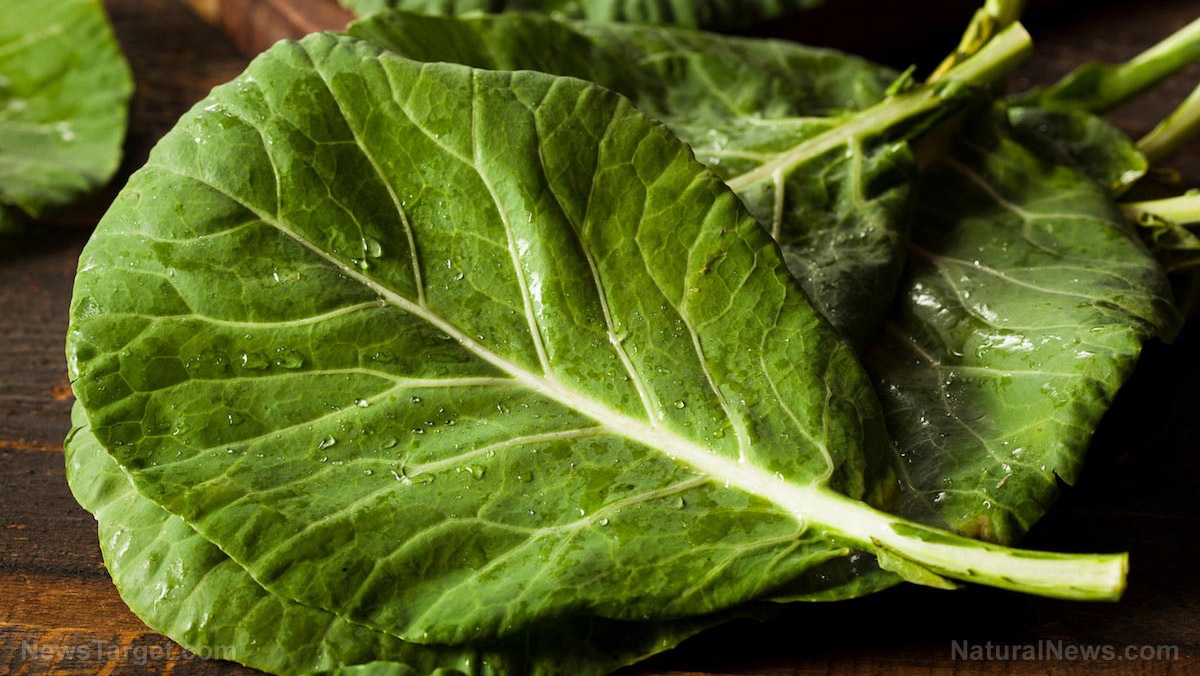Whole grains offer an easy way to prevent Type 2 diabetes
01/16/2019 / By Michelle Simmons

To achieve better health and prevent diabetes, include whole grains, such as rye, oats, and wheat, to your diet. A study published in The Journal of Nutrition found that whole grain foods can help prevent the onset of Type 2 diabetes. Type 2 diabetes is a preventable disease, yet nearly 400 million people around the world suffer from it.
Researchers at the Chalmers University of Technology in Sweden and the Danish Cancer Society Research Center aimed to examine the associations between the consumption of whole grains, such as intakes of different types of cereals and products, and the risk of Type 2 diabetes. For the study, the researchers used data of 55,465 participants aged 50 to 65 years enrolled at the Danish Diet, Cancer, and Health cohort. Within an average 15-year follow up, 7,417 of these participants developed Type 2 diabetes.
The study revealed that the type of whole grain product the participants ate did not matter because any kind of whole grain product or cereal they ate provided the same levels of protection against Type 2 diabetes. What mattered was the amount of whole grain foods one consumed.
The participants were grouped according to how much whole grains they reported eating. Participants with the highest intake ate a minimum of 50 grams (g) of whole grains per day. This is equivalent to a portion of oatmeal porridge and one slice of rye bread. Those who ate the most whole grain products had the lowest proportion who developed Type 2 diabetes. Their risk of Type 2 diabetes was reduced by 34 percent for men and 22 percent for women. Those who ate the least amounts of whole grains had the most number of people who developed Type 2 diabetes.
100% organic essential oil sets now available for your home and personal care, including Rosemary, Oregano, Eucalyptus, Tea Tree, Clary Sage and more, all 100% organic and laboratory tested for safety. A multitude of uses, from stress reduction to topical first aid. See the complete listing here, and help support this news site.
Those who belonged to the highest whole grain intake group had the lowest number of people who developed Type 2 diabetes. Their risk for Type 2 diabetes was 34 percent lower for men, and 22 percent lower for women compared to those with the lowest wholegrain intake. The diabetes cases increased for every group that had eaten less whole grains.
“Our results are in line with dietary advice, which recommends switching out foods containing white flour for [whole grains],” said Rikard Landberg, professor in Food and Health at Chalmers, and senior researcher on the study. “You get extra health benefits — white flour has some negative effects on health, while wholegrain has several positive effects, beyond protection against Type 2 diabetes.”
Unlike whole grains, refined grains have been ground into flour. The process of refining grains removes the bran and germ, as well as the fiber, iron, and B vitamins such as thiamin, riboflavin, niacin, and folate. Although these nutrients can be added back to the grains, the food is not in its natural form and will still miss many of its powerful nutrients.
More reasons to eat whole grains
Eating whole grains can also help reduce the risk of other chronic diseases. Dietary fiber from whole grains helps lower blood cholesterol levels, which in turn, may cut the risk of heart disease. Consuming fiber will also help improve bowel function and prevent constipation. It will also help you lose weight or manage it because they provide a feeling of fullness with fewer calories. The B vitamins in whole grains help the body produce energy from protein, fat, and carbohydrates, while iron is needed to carry oxygen in the blood. Whole grains are also rich in magnesium — a mineral used to build bones and release energy from muscle, as well as in selenium, which is important for immune health. (Related: Whole grains can increase your lifespan, decrease diabetes, heart disease risk and more.)
Read more news stories and studies on preventing diabetes by going to DiabetesScienceNews.com.
Sources include:
Tagged Under: diabetes, diabetes prevention, disease prevention, healthy food, Type 2 Diabetes, whole grains




















